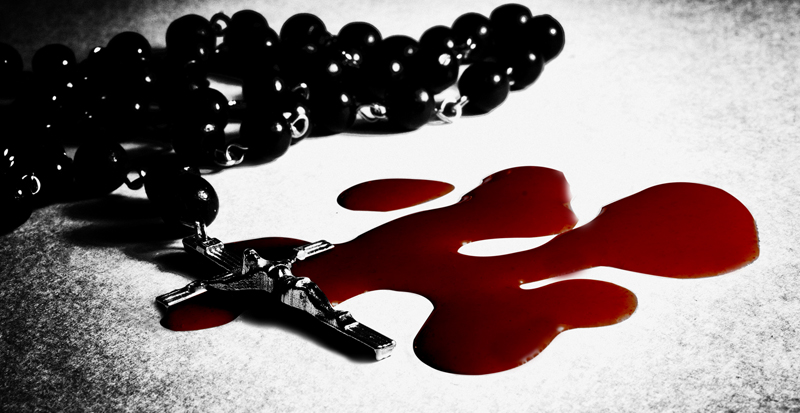-
Par Cruella le 31 Décembre 2023 à 09:20
Nicole Duennebier’s delicately rendered paintings push the boundaries of traditional concepts of the still-life. In the artist’s compositions organic forms appear to be “growing out of darkness.” Some of the subjects are clearly depictions of botanicals and insects, while others are imaginative, strange hybrids. Using acrylic on panel, Duennebier paints a mysterious world where drama unfolds in an arena of darkness. [from:https://zam.umaine.edu/exhibitions/pa...]
Natural phenomenon—dermoid cysts, fungus, invasive flora/fauna—and my love of candied, old-master opulence have a constant presence in my work. Through painting with attention to detail, I’ve become accustomed to the fact that nature itself, or anything living really, never totally allows you to have a perfectly idealized experience. Everything is always spewing, dripping, rotting a little. Similar to 17th century still-life paintings with those vibrant lusty fruits that show the light fuzz of beginning decay, I don’t see these works as allegorical depictions. To me it is more the realization that both the rot and the fruit are a textural attraction in their delicacy; both take the same concentration and care to paint. The classic chiaroscuro darkness in still-life is a primordial soup, a pool of black that springs forth a decadent, and sometimes horrible, growth. I’ve always been attracted to the obsolete idea of spontaneous generation, all that awful stuff popping into existence for no reason. The paintings reflect this; they are more spontaneous generations than firmly rooted in actual living organisms. [from:https://nicoleduennebier.com/about-bo...] votre commentaire
votre commentaire
-
-
Par Cruella le 27 Décembre 2023 à 09:00
« Le roman national ment. L’identité française ne résulte pas de l’alliance de la bravoure gauloise et de l’administration romaine, le tout couronné par la bonté chrétienne. Pas seulement. Non seulement la France n’a pas seulement été gauloise et romaine, mais la France n’a pas seulement été chrétienne. Même dans son rapport à Jésus. Même dans son rapport à Jésus, le roman national ment. Par omission. Par oubli. L’histoire qui suit se situe à la fois après la mort de Jésus à Jérusalem, un siècle et demi plus tard à Lyon, et au IVe siècle après le baptême de l’Empereur Constantin, alors que le christianisme devenait la religion officielle de l’Empire. Ces trois moments sont indissociables. Ces trois moments nouent entre eux des relations qui donneront un fruit très particulier dans l’avenir. C’est une histoire qui frappe très mystérieusement à la porte de notre temps. Le sujet de cette histoire est l’amour. Et, au cœur de cette histoire, il y a une femme : Marie-Madeleine. Bienvenue dans L’Empire n’a jamais pris fin. Je m’appelle Pacôme Thiellement. Je ne suis pas historien. Je suis exégète. Dans ce programme pour Blast, je fais l’exégèse de notre histoire sur ce territoire que nous nous sommes habitués à appeler la France. Celle-ci est subjective, et même très subjective, même si nous essayons d’être le plus rigoureux possible. Alors, comme dirait l’autre, si vous n’aimez pas mon Histoire de France, écrivez la vôtre.
L’Empire n’a jamais pris fin.
Épisode 3 : Marie-Madeleine et les États Généraux de l’Amour » votre commentaire
votre commentaire
-
-
Par Cruella le 21 Décembre 2023 à 09:10
 votre commentaire
votre commentaire Suivre le flux RSS des articles de cette rubrique
Suivre le flux RSS des articles de cette rubrique Suivre le flux RSS des commentaires de cette rubrique
Suivre le flux RSS des commentaires de cette rubrique
... tendresse et cruauté à travers la littérature










